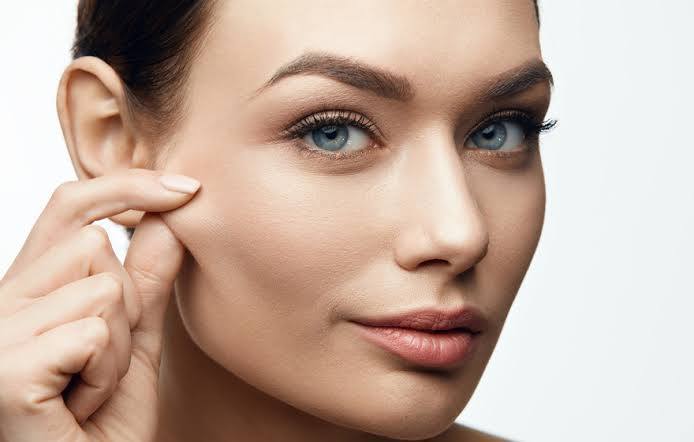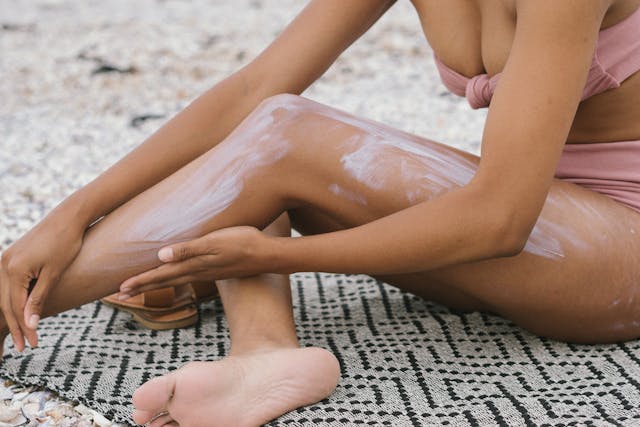
As your body ages, wrinkles and sagging or crepey skin develop naturally. Elastin and collagen production decline, which affects the firmness and suppleness of your skin.
Using radiofrequency, ultrasound, and lasers, a number of noninvasive procedures have been created recently to help tighten the skin on your face or other parts of your body. Despite the fact that these treatments don’t require surgery, they should only be carried out by trained professionals under a doctor’s guidance.
Different Skin Tightening Techniques
The following procedures employ devices to deliver focused energy to heat deeper skin layers and promote the synthesis of collagen and elastin.
a skin tightening ultrasound. Heat is delivered deep into your skin, up to 5 millimetres below the surface, using a micro-focused ultrasound. This can reduce the visibility of wrinkles by tightening and lifting the skin on your face, neck, and upper chest.
Although it may take up to six months for your ultrasound therapy results to show, they might already be apparent after just one session.
Therapy using radiofrequency (RF). A handheld device is used to send heat into your skin to stimulate collagen formation, just like with ultrasound skin tightening. Radiofrequency, as opposed to ultrasound, concentrates on the epidermis, which is the top layer of your skin.
The treatment of the face, neck, torso, and hands has FDA approval. For deeper skin layers, RF treatments can be paired with microneedling. Results take time to manifest in either situation.
While many people get results after just one RF session, it may take two to six sessions to see the desired effects. The appropriate skincare programme can provide results that last up to three years.
laser therapy In this instance, portable lasers heat the skin deeply, removing the epidermis to expose the dermis beneath. The skin on the abdomen and upper arms has proven to be particularly responsive to laser treatments. The average person has three to five treatments.

Bright Pulse Light (IPL). The deep layers of your skin are exposed to a variety of light wavelengths. Multiple treatments are required.
Side effects
These all take place in a doctor’s office and shouldn’t last more than an hour. Within a day of therapy, you should be able to resume your normal activities. You can manage minor discomfort with over-the-counter pain relievers. They often have minor side effects, which may include:
Redness
Numbness
Bruising
Discomfort
Hope it helps!








